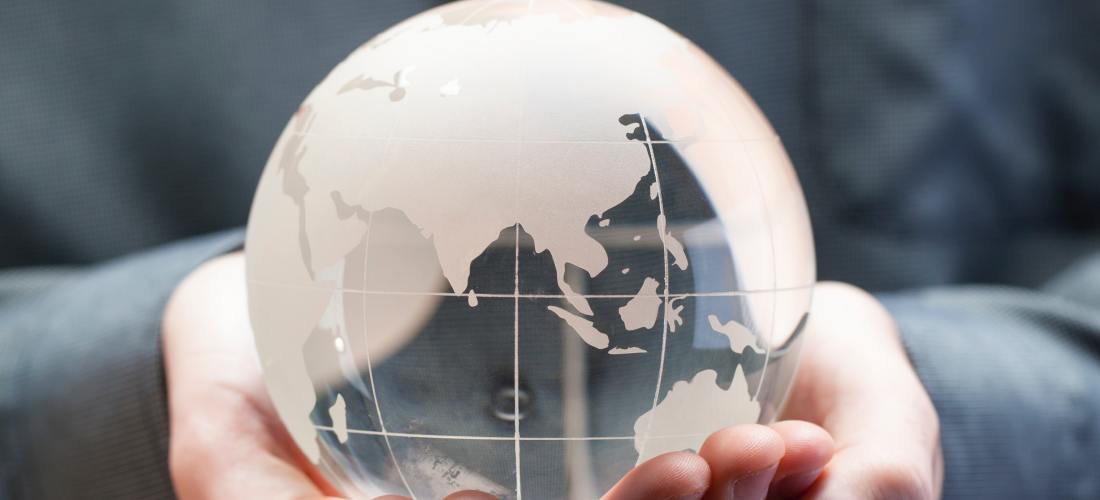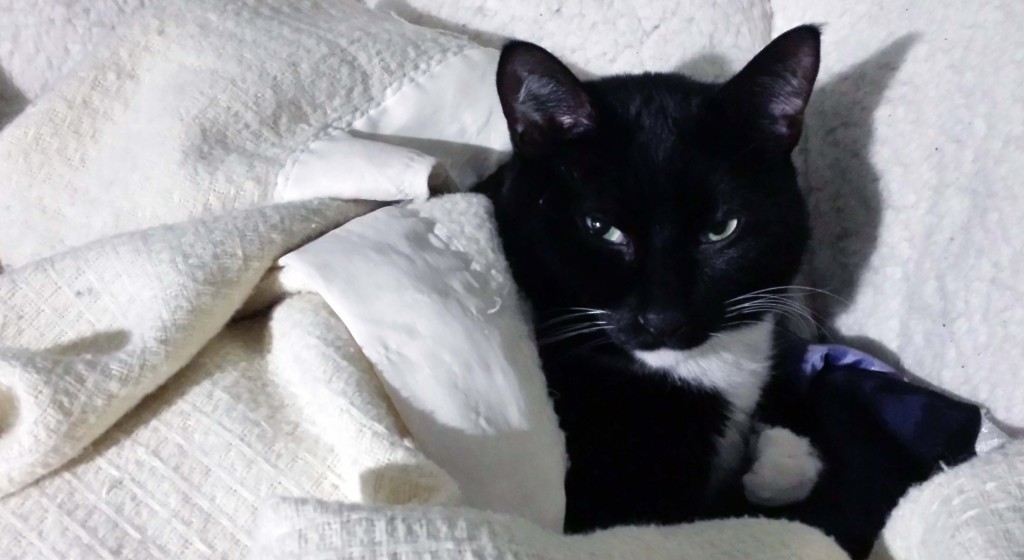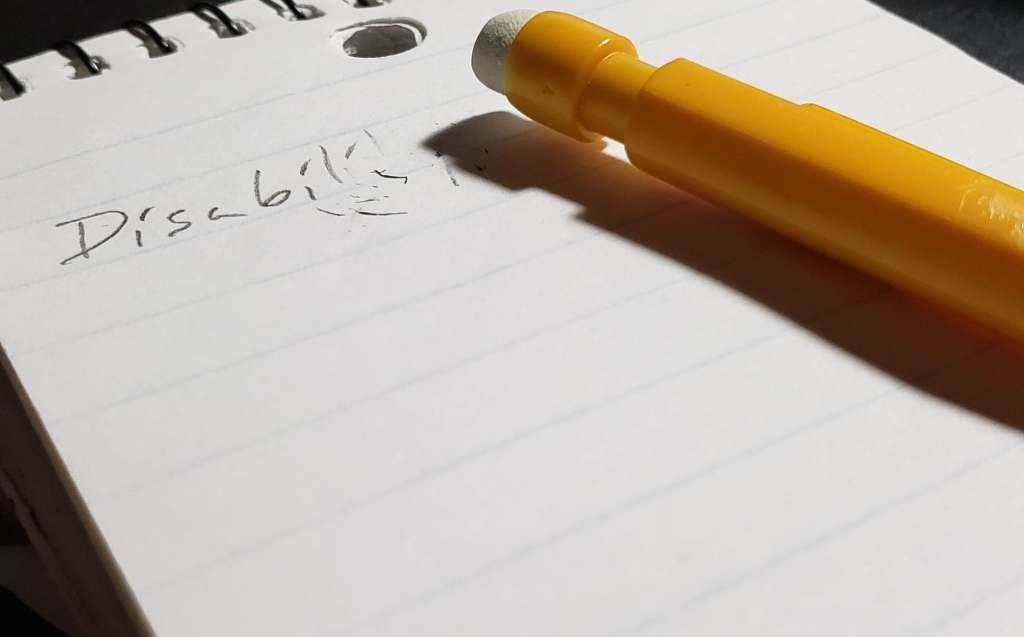
My husband and I used to camp on the shore of Lake Superior every summer. We’ve taken a break the past couple years and had hoped to go back this summer, but COVID. One of the first times I was up there, these beautiful flowers growing out of the glacier-scarred cliff-faces caught my eye.
They fascinated me. How could anything grow out of solid rock like that?
I realized that I identified with those flowers. In a lot of ways, anyone who lives with any sort of disability is like those flowers. We were born into a world where we didn’t really fit in, so we dig our roots into every bit of soil we can find.
Just before starting this entry, I worked on the social media presence for this blog. As I was updating the user icon, I remembered crouching carefully on that cliff and examining the flowers growing there. They swayed in the breeze off the lake, and I shivered. It was a hot day, but Lake Superior is strong enough to change the weather. We’re all influenced by our environment.
Then I thought about what’s been going on this year. The pandemic, my husband’s emergency hospital stay and the resulting psychological trauma I’m still recovering from, George Floyd, the ongoing unrest, and the calls for change. Through all of that, community endures, even through the growing pains of change. Wind and rain molds stone, just as time and effort molds society.
We’re also like those flowers in that we each have our own beauty and our own purpose in the world. As I’ve been recovering from the depression and anxiety that had been more severe than it has been in years, I’ve been thinking about what I can do with my spaces.
Yes, my primary interest is in disability but another unique thing about disability is that it doesn’t discriminate. Your gender, skin color, nationality, religion, socioeconomic status, sexuality, any other demographic you can think of doesn’t matter. You can become disabled at any moment if you aren’t already, and that makes matters even more complicated than they already were.
Each demographic layers on the other, and that’s important to realize because we are never members of just one group or subgroup. Each member of every group must learn about what other groups experience, regardless of who you are or what you identify as if you really want to affect change.
That said, I have a lot more work ahead of me in countering my personal biases and prejudices. It’s on me to seek out those who are brave enough to speak out, while still speaking my truth about who I am and my experiences. A large part of that will be finding social media pages belonging to BIPOC people with disabilities and reading their books. I’m not focusing on any one group, either, because they are all equal in their need for equality, especially when it comes to health care and disability.
I know this is going to be a challenge, not just emotionally, but also because of how my brain functions. It’s overwhelming to think about, especially when I think of everything else I need to function, but it’s not something that needs to be done all at once. It’s not something that can be done all at once. It needs to be incorporated into daily routines, and my personal change needs to be incremental. The deepest change happens slowly and continuously.













